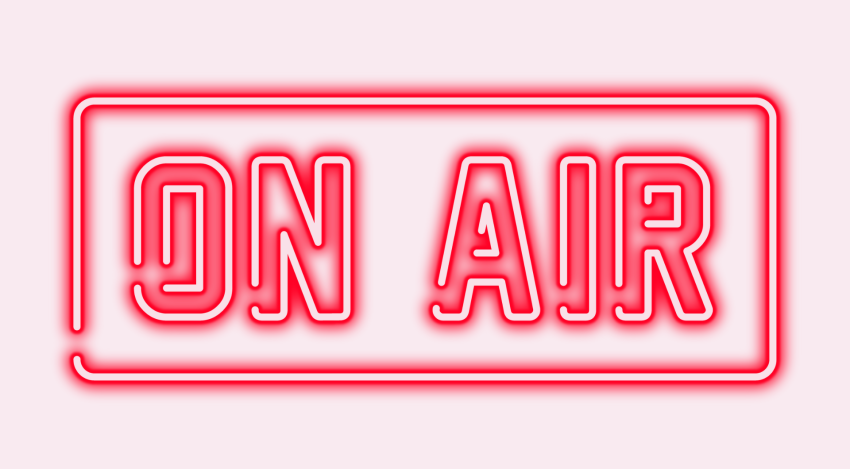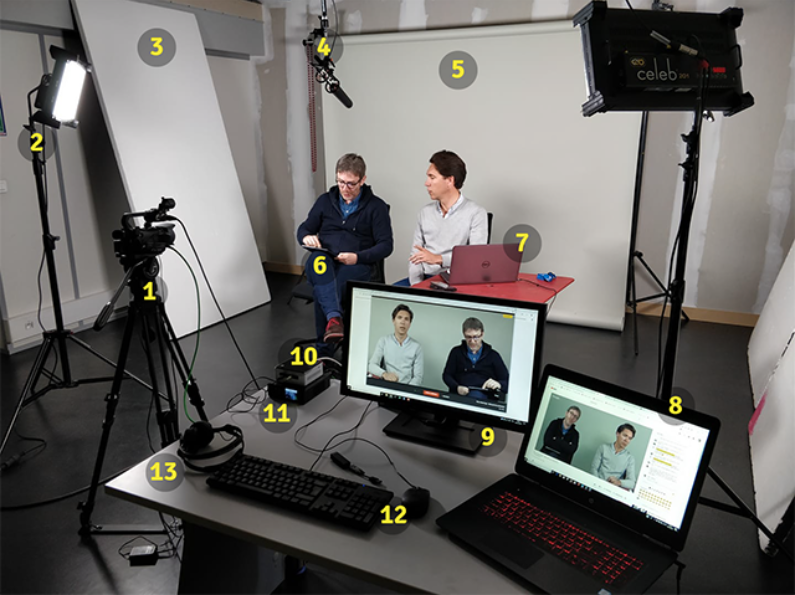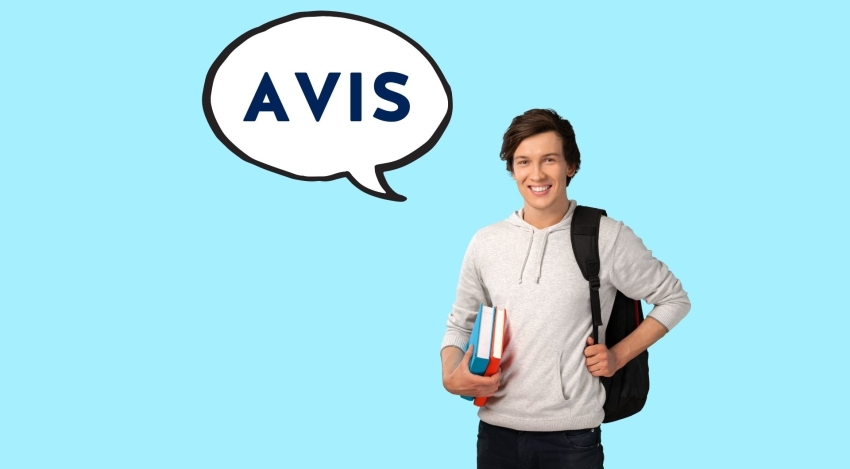

Gobelins School of Visual Arts is hosting the MOOC "Shooting and Editing a Professional Report with Your Smartphone" on Fun-MOOC. This MOOC includes two interactive live sessions between the teaching team and the MOOC participants. Here's the technical description of the first Live YouTube broadcast conducted by Gobelins School of Visual Arts.
On the Gobelins MOOC video Facebook page, an image (above) was posted by the community manager Cathy Legendre from the back stage of the Live YouTube session featuring Laurent Clause (left) and Maxime Jore (right).
This image piqued my curiosity, and I delved into the behind-the-scenes details. This analysis was initially posted on the Gobelins MOOC video Facebook page.
When looking at this behind-the-scenes image, one is struck by the simplicity of the setup, in contrast to what is usually seen in traditional audiovisual productions.
After a thorough analysis of each element in this photo, here is the detailed description of each element and their role in this audiovisual production chain.
A single camera for filming. It's a CANON XA10/15 camcorder. The camera receives sound from the microphone (4) and sends the video + audio signal through the SDI OUT camera output using a green-colored BNC cable (11).
Kino Flo LED Lighting. Clearly, we're dealing with pros here (at 3,000 euros each, they mean business).
A small panel used as a deflector.
A hypercardioid shotgun microphone. Cinema equipment again, just like the lighting ;)
Neutral paper background for the set. Always better than drywall :)
A Wi-Fi connected tablet (iPad). This allows Laurent Clause to read questions from FUN.
Regarding point 6, if I may interject, this is a framework (called a "chemin de fer" in communications jargon) that I compose with your questions. It's a themed presentation with chapters that helps cover everything but in order.
A Wi-Fi connected laptop (DELL) tuned into the Gobelins YouTube channel. This allows Maxime to have both a return screen and, more importantly, to read listener questions from the associated YouTube chat.
Another Wi-Fi connected laptop (HP OMEN 17). This is used by the director (Cathy) to have the YouTube channel on her screen during the live broadcast. It's a public return screen (live broadcast control). Note the image delay between reality, the control screen (9), and the live broadcast (8). This is due to encoding and broadcasting operations.
A computer screen for pre-broadcast return viewing on YouTube.
Intel NUC computer connected via RJ 45. It receives video (HDMI) via (11) and configures YouTube while supervising the streaming. The displayed page is probably set to the URL https://www.youtube.com/livestreaming/webcam. The streaming is done from the NUC.
A streaming device that could be a Blackmagic HyperDeck Studio Mini.
Correction by Stéphane Lepage: It's the BlackMagic WebPresenter, which encodes any SDI or HDMI source up to 4K into a compressed 720p USB output equivalent to a webcam signal, allowing direct connection to a computer without a capture card and streaming from streaming software or even directly from a YouTube or Facebook page.
Its role here: to receive the audiovisual feed from the camera via the SDI IN input and send it via HDMI to the Intel NUC mini computer.
Keyboard and mouse equipment for the Intel NUC computer.
Headphones connected to the Intel NUC for sound monitoring.
And there you have it—you can conduct your own Gobelins-style live sessions, which are quite well-equipped.
Credits:
Gobelins School of Visual Arts MOOC
Laurent Clause
Maxime Jore
For further information, see: MOOC, 7 Recommendations for Producing Effective Videos.


